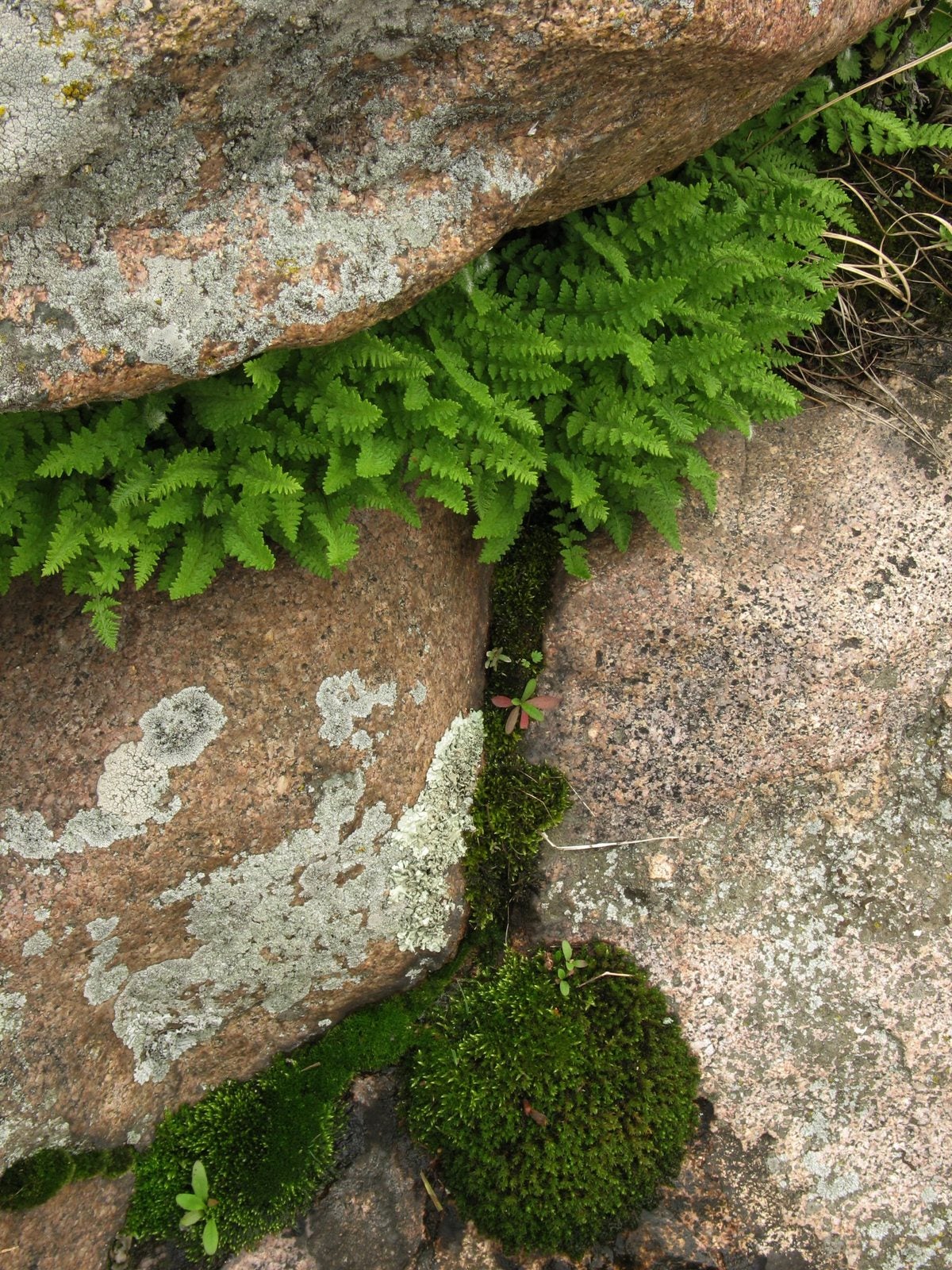Planting In Crevices: Are There Plants For Cracks And Crevices


They say the rocks come with the farm and that is more than an analogy for life, but a true scenario. Not all landscapes come with perfect soft, loamy soil and gardening in cracks and crevices may be a part of your garden reality. Gardeners with rocky properties need plant ideas for cracks, tough plants that can survive with very little nutrition and soil. Fortunately, there are many plants that are versatile enough for rocky spaces. Read on for some great options that will serve you well in patios, rockeries, and stone paths.
Gardening in Cracks and Crevices
Whether you are faced with truly rocky terrain in general or you just want to pretty up a path or patio, planting in crevices can be challenging. Plants for small spaces between stones and rocks must be installed properly and babied while they establish. These spaces have very little soil and can get dry in hot weather and soggy in wet periods. Plants for cracks and crevices will need some monitoring during the first year of planting. The easiest plants to install in such cramped spaces are young specimens. These have small root bases, and their tiny size allows you to plant them in skinny areas. Once you have chosen your plants, remove them from their nursery pots and remove much of the original soil from the roots. Soak the roots in water before planting so they are nice and wet. Then gently insert the roots into the crack and water, firmly packing around the young plant with compost. Keep the plant moist and avoid stepping on it or crushing it while it establishes, even if it is billed as "walkable." The optimum time for planting in crevices is March through May, when spring rains can help keep plants watered and temperatures are warm but not so warm that the area dries out consistently.
Xeriscape Plant Ideas for Cracks
Plants for chinks and fissures in rocky areas need to be small and tough. Many of the best options are alpine selections or even xeriscape plants. Herbs are also another great alternative. Consider the lighting of the area and if the site becomes boggy or excessively dry during normal weather in the region. Herbs need bright light to flourish, while many alpine species can thrive in sun to partial sun. Some options for dry, sunny areas might be:
- Thyme
- Pinks
- Rockroses
- Creeping phlox
- Candytuft
- Creeping jenny
- Snow in summer
- Wooly yarrow
- Artemisia
- Rock cress
- Small sedges
- Saxifraga
- Sedum
- Ice plant
There are many more great options for plants for cracks and crevices. Your local garden center, if reputable, will stock plants suitable for your region and can guide you further on what will be hardy in your area.
Plants for Rocky Areas in Partial Shade, Moist Conditions
Herbs and some other plants will not thrive in partially shady and/or excessively moist areas of the garden. These can be some of the toughest areas to plant, as the bulk of ornamental plants available need at least six hours per day of sunlight to flower and establish. Shade plants are always a challenge in the landscape and the added concern of a low nutrient site can make choices even more diminished. Here are some great plants that will thrive in low light conditions as they make themselves at home in gaps and clefts among rocks, stones, and other obstacles:
- Angel's fishing rod
- Small ferns
- Ivy
- Vinca
- Bellflower
- Columbine
- Sandwort
- Bugleweed
- Catmint
- Lilyturf
- Mondo grass
- Sweet flag
Remember, even plants in shady regions still have average water needs. Overstory trees can affect how much natural moisture the area can receive, and some supplemental watering should be done, especially while the plant matures and establishes. Keep competitive roots away from plants and avoid placing them in high traffic areas. Overtime, many of these plants will spread and make attractive carpets scrambling over boulders, in between pavers, and gamboling amongst pebbly soil.
Gardening tips, videos, info and more delivered right to your inbox!
Sign up for the Gardening Know How newsletter today and receive a free copy of our e-book "How to Grow Delicious Tomatoes".

Bonnie Grant is a professional landscaper with a Certification in Urban Gardening. She has been gardening and writing for 15 years. A former professional chef, she has a passion for edible landscaping.